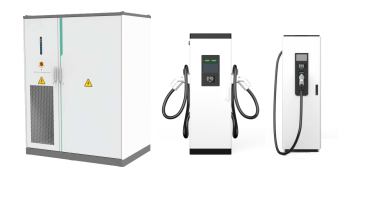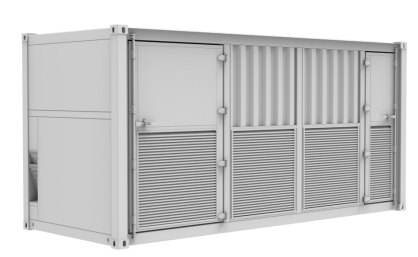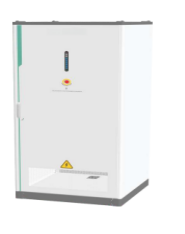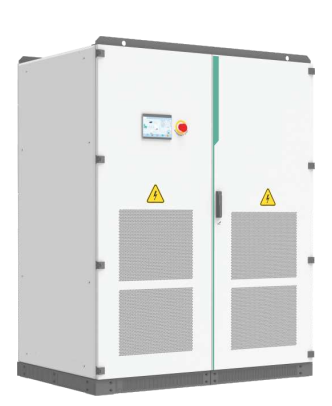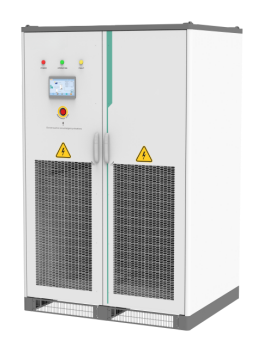 English
English Español
Español  Português
Português  русский
русский  Français
Français  日本語
日本語  Deutsch
Deutsch  tiếng Việt
tiếng Việt  Italiano
Italiano  Nederlands
Nederlands  ภาษาไทย
ภาษาไทย  Polski
Polski  한국어
한국어  Svenska
Svenska  magyar
magyar  Malay
Malay  বাংলা ভাষার
বাংলা ভাষার  Dansk
Dansk  Suomi
Suomi  हिन्दी
हिन्दी  Pilipino
Pilipino  Türkçe
Türkçe  Gaeilge
Gaeilge  العربية
العربية  Indonesia
Indonesia  Norsk
Norsk  تمل
تمل  český
český  ελληνικά
ελληνικά  український
український  Javanese
Javanese  فارسی
فارسی  தமிழ்
தமிழ்  తెలుగు
తెలుగు  नेपाली
नेपाली  Burmese
Burmese  български
български  ລາວ
ລາວ  Latine
Latine  Қазақша
Қазақша  Euskal
Euskal  Azərbaycan
Azərbaycan  Slovenský jazyk
Slovenský jazyk  Македонски
Македонски  Lietuvos
Lietuvos  Eesti Keel
Eesti Keel  Română
Română  Slovenski
Slovenski  मराठी
मराठी  Srpski језик
Srpski језик
Isolator Switches for Electrical Safety
Send Inquiry
DAYA Isolator Switches for Electrical Safety Details
Isolator Switches for Electrical Safety, often referred to as main isolator switches, are devices designed to safely disconnect a circuit, allowing maintenance and preventing current flow. They find use in a wide range of electrical applications, from power grids to kitchen appliances.
While these switches are generally safe to operate, it's crucial to be mindful of potential risks. In essence, a disconnector switch serves to isolate a circuit, often in areas where electrocution is a concern, like wet environments.

DAYA Isolator Switches for Electrical Safety Parameters
If you’re a student of electrical engineering or a professional in the field, then the concept of isolator switches might not be so foreign. However, if you are a layman, newbie, or DIY enthusiast, you might need a helping hand.
In this article, we’ll deliver answers to some pressing questions such as ‘what is an Isolator Switches for Electrical Safety?’, ‘what appliances are compatible with them?’, and ‘why are they important?'. We'll also look into the various types available out there.
DAYA Isolator Switches for Electrical Safety Advantages
These switches serve a wide array of electrical needs, from power grids to kitchen equipment. Their primary purpose is to isolate a circuit within a system or grid for repairs or maintenance, which is why they are commonly found on power lines and grids.
Although isolators and circuit breakers are often confused, they have distinct differences. One key difference is their function and capabilities.
On a smaller scale, isolator switches are also applicable for household appliances. In such cases, wall sockets can serve as isolator devices since they can be turned off to halt the energy flow into a specific circuit. Once unplugged, the appliance can be safely repaired or maintained.


